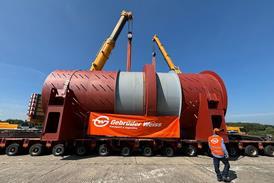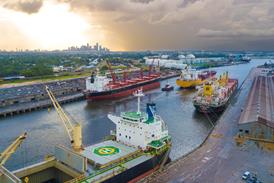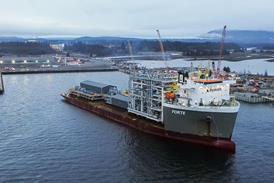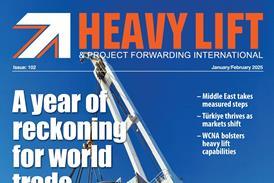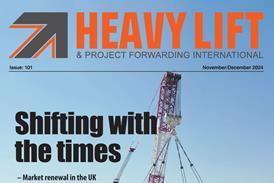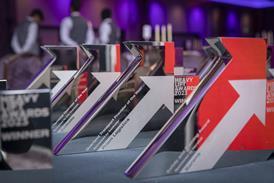The International Maritime Organization (IMO) recently hosted the 83rd meeting with the Marine Environmental Protection Committee (MEPC 83), resulting in a new fuel intensity target, which is set to come into force no later than March 2027.
On April 14, HLPFI reported that the Net-Zero Framework was the first in the world to combine mandatory emissions limits and GHG pricing across the entire industry sector. This regulation is similar to the FuelEU Maritime rules that came into effect this year but the latest regulations have a global coverage.
The regulations will enforce a financial penalty for using cheaper, carbon intensive fuels like heavy fuel oil (HFO), with the money collected from the scheme being fed back into the IMO Net-Zero Fund. which will used to develop and support green shipping initiatives. According to sector analyst Veson Nautical, the regulation should level the playing field for alternative fuels such as ammonia and methanol.
It added that it is difficult to provide precise predictions on future value movements, there are several general predictions that can be made in terms of the sale and purchase (S&P) market. While primarily referencing developments in the bulk shipping sector, some insight is applicable to multipurpose and heavy lift shipping. Veson expects increased demand for dual-fuel vessel; under the new IMO GHG regulation, owners of these vessels can also use their ’excess compliance’ (gained from using low carbon fuels) to offset the deficit from use of cheaper fuels.
Older vessel built before EEDI criteria will be potentially considered for early scrapping. “Before EEDI was enforced in 2013, there were no efficiency criteria for newbuild vessels. Combined with the shipbuilding boom in late 2000s/early 2010s, this has meant there are a large portion of low quality, poor efficiency vessels in the fleet that are aging to the 15 year old-plus age range,” said the analyst. “Now that there are financial penalties set to be enforced for excessive emissions, these vessels are set to become increasingly uneconomical, unless expensive retrofits are carried out.”
It added that the latest generation of vessels must be built to EEDI phase 3 criteria. This has led to considerable improvements in fuel efficiency performance (and is also part of the reason for climbing newbuild costs in recent years). This means it expects to see increased demand for newbuild vessels and increased S&P demand (and higher premiums) for modern efficient vessels.

